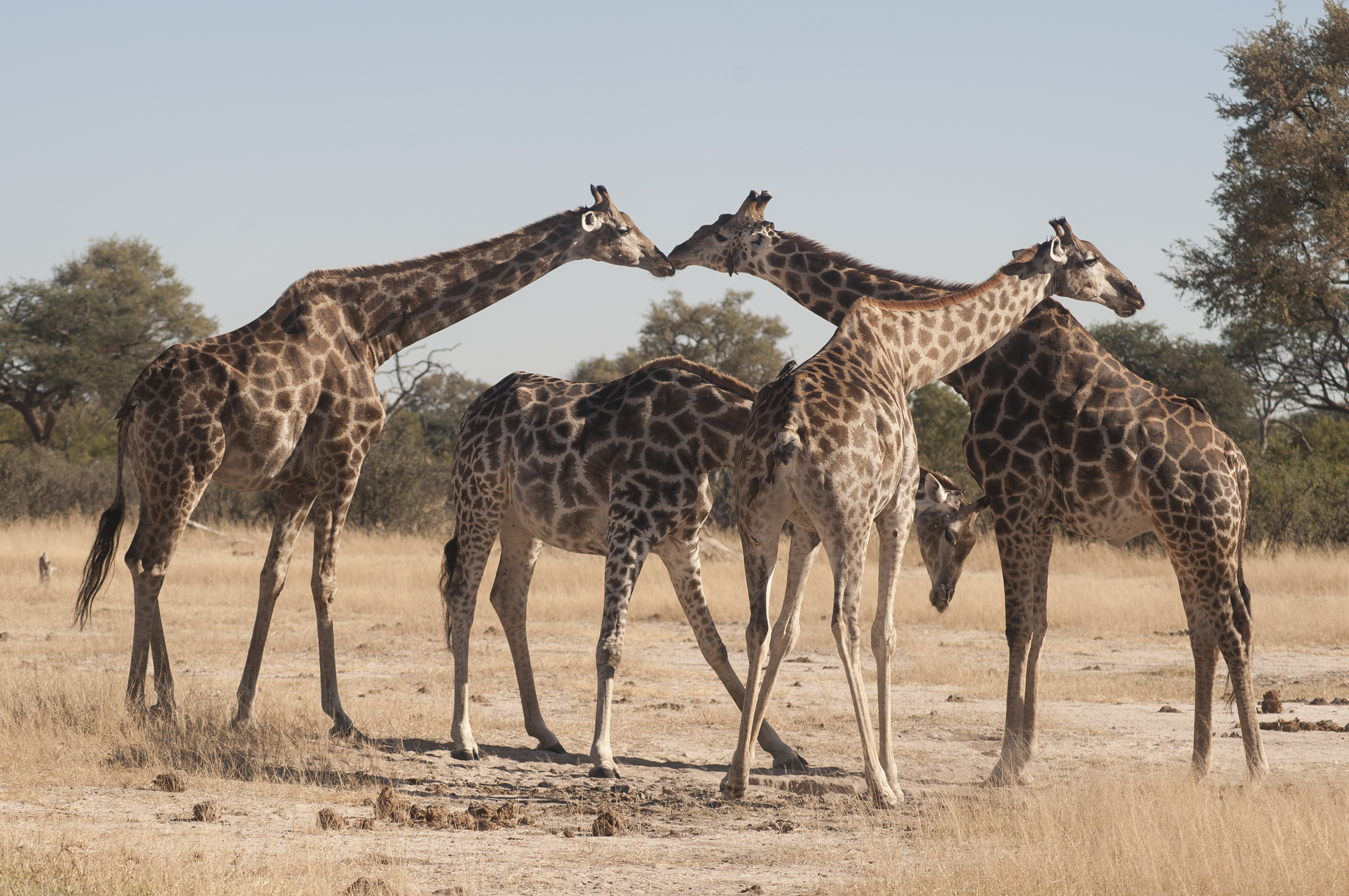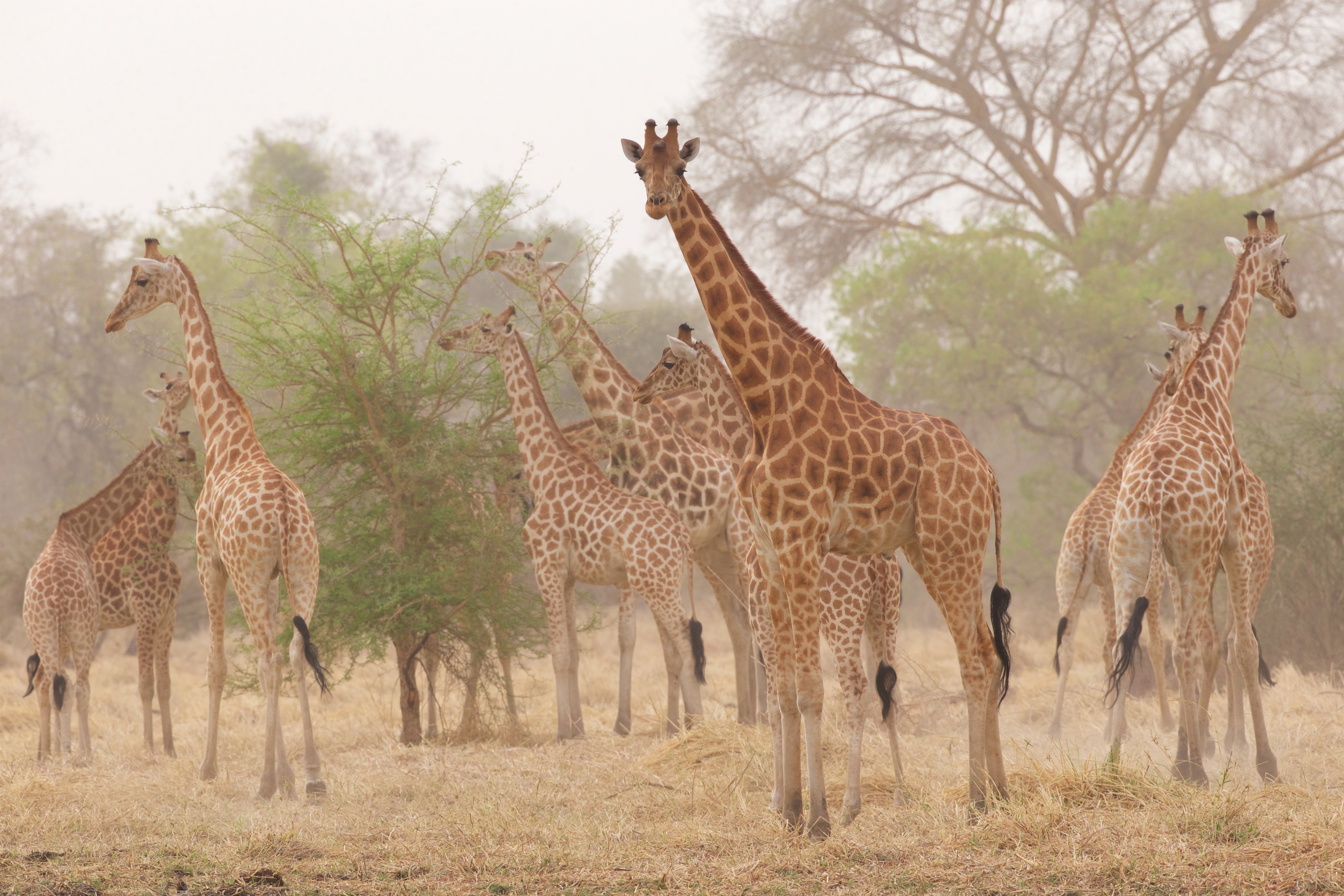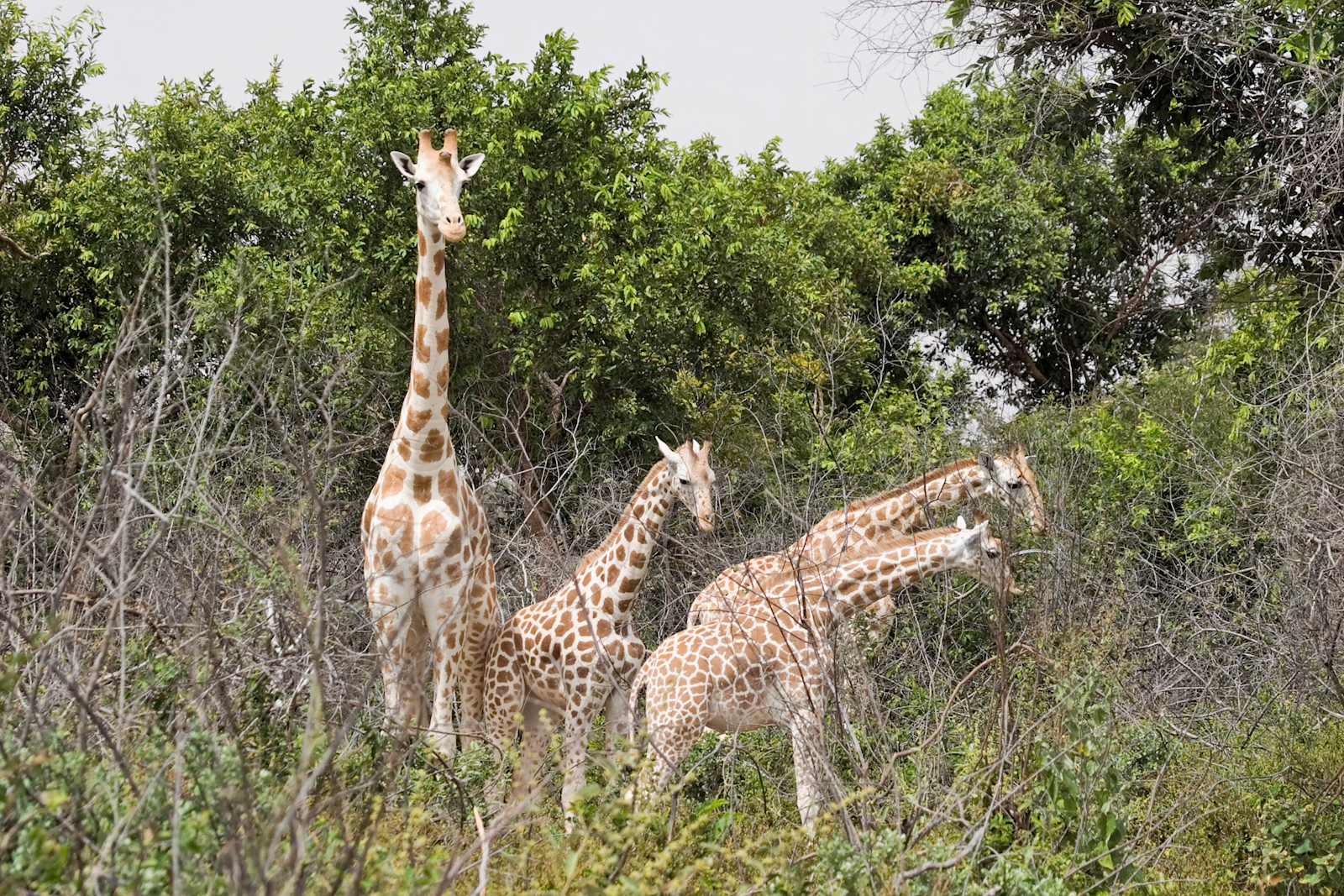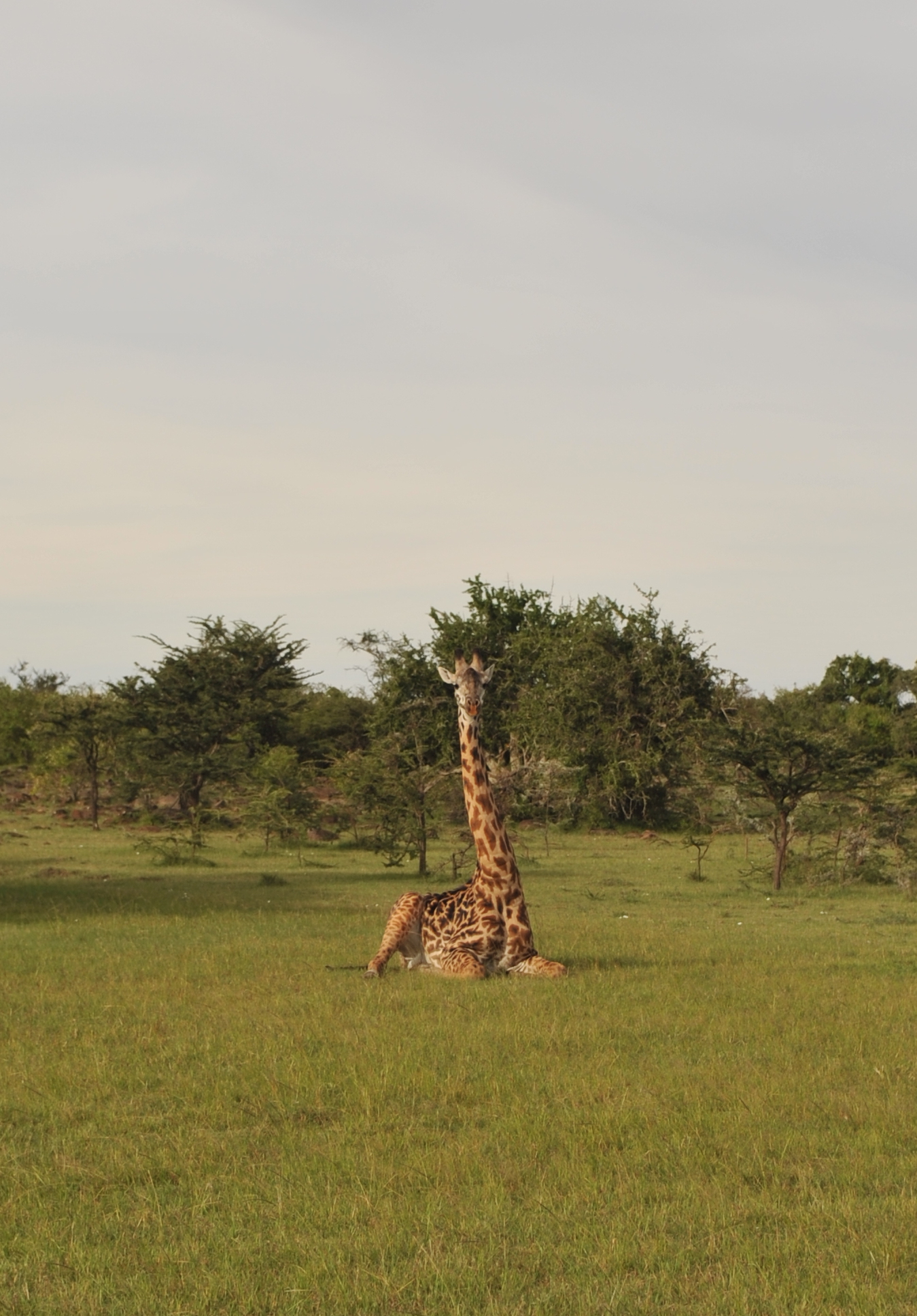THE TALLEST ANIMAL ON EARTH IS STRANGELY OVERLOOKED
The giraffe, the tallest of all earth’s creatures, has strangely been overlooked by scientists and wildlife enthusiasts. According to the IUCN Red List of Threatened Species, the giraffe population has plummeted from an estimated 157,000 to 97,000 in 20 years, with some calling it a silent extinction. But new studies about this misunderstood creature may enhance conservation efforts to protect it.
Originally thought to be a single species with nine subspecies, a new study by the Giraffe Conservation Foundation (GCF) and Frankfurt’s BiK-F Senckenberg Museum proposes that there are four giraffe species, each of which are genetically distinct and do not interbreed.

As a single species the giraffe is classified as “Vulnerable” on the IUCN Red List; but, if this new study is taken into account and each species is considered individually, their statuses could range from “Endangered” to “Critically Endangered” – thereby affording them better conservation status and protection. It could also enhance scientific study to understand the species, their relationship to their habitats, their ranges, and the factors that make them particularly vulnerable.
Of the four proposed species, the Southern giraffe and the Masai giraffe are the most numerous, numbering upwards of 50,000 and 30,000 respectively. Meanwhile, the Reticulated giraffe Northern giraffe number only around 8,000 and 4,800 respectively.
The Reticulated giraffe ranges from Northern Kenya to Southern Ethiopia, where it is threatened due to loss of habitat and poaching for meat.

The Northern giraffe consists of three subspecies: Kordofian giraffe, Nubian giraffe and West African giraffe, located primarily in pockets of East, Central and West Africa. Of the subspecies, Kordofian giraffe number around 2,000 and are severely threatened by poaching in Democratic Republic of Congo, Central African Republic and South Sudan – areas where conservation efforts are non-existent or severely hampered by political upheaval, militia and heavily armed poachers.
The West African giraffe population hovers at around 450, but theirs is a story of hope. According to the GCF, at the beginning of the 20th century West African giraffe were widely distributed from Nigeria to Senegal, but by the late 1990s only 49 individuals remained in the whole of West Africa. Now formally protected by the Niger government, their number has risen to approximately 450 individuals and counting.

Niger tourism has been enhanced by these giraffes as they are relatively well habituated, not least because they live among local villagers who do not harm them due to their protected status. Here, tourists can walk within 15 metres of these majestic creatures. This is in contrast to giraffe in Tanzania and the likes of DRC, where hunting and poaching means the animals take flight at the sight of humans.
Some say the efforts to protect giraffe are complicated by the fact that experts still don’t agree on how many species there actually are. While world attention is rightfully focused on the plight of rhinoceros and African elephants, this equally majestic creature suffers enormously. The entire giraffe population numbers almost a quarter that of African savannah elephants. While giraffes are not prized by criminal poaching networks for illegal trade in animal parts, they are affected by loss of habitat due to human encroachment and they are prime targets for meat poachers: their incredibly long necks make them easy to find and their bulk provides a great deal of meat.

Hopefully consensus will be reached on the number of giraffe species and efforts will be enhanced to protect the tall creature that is as synonymous not only with the African continent, but with the African sky.
To read more about the giraffe species and their conservation status, please read this article by the Giraffe Conservation Foundation.











